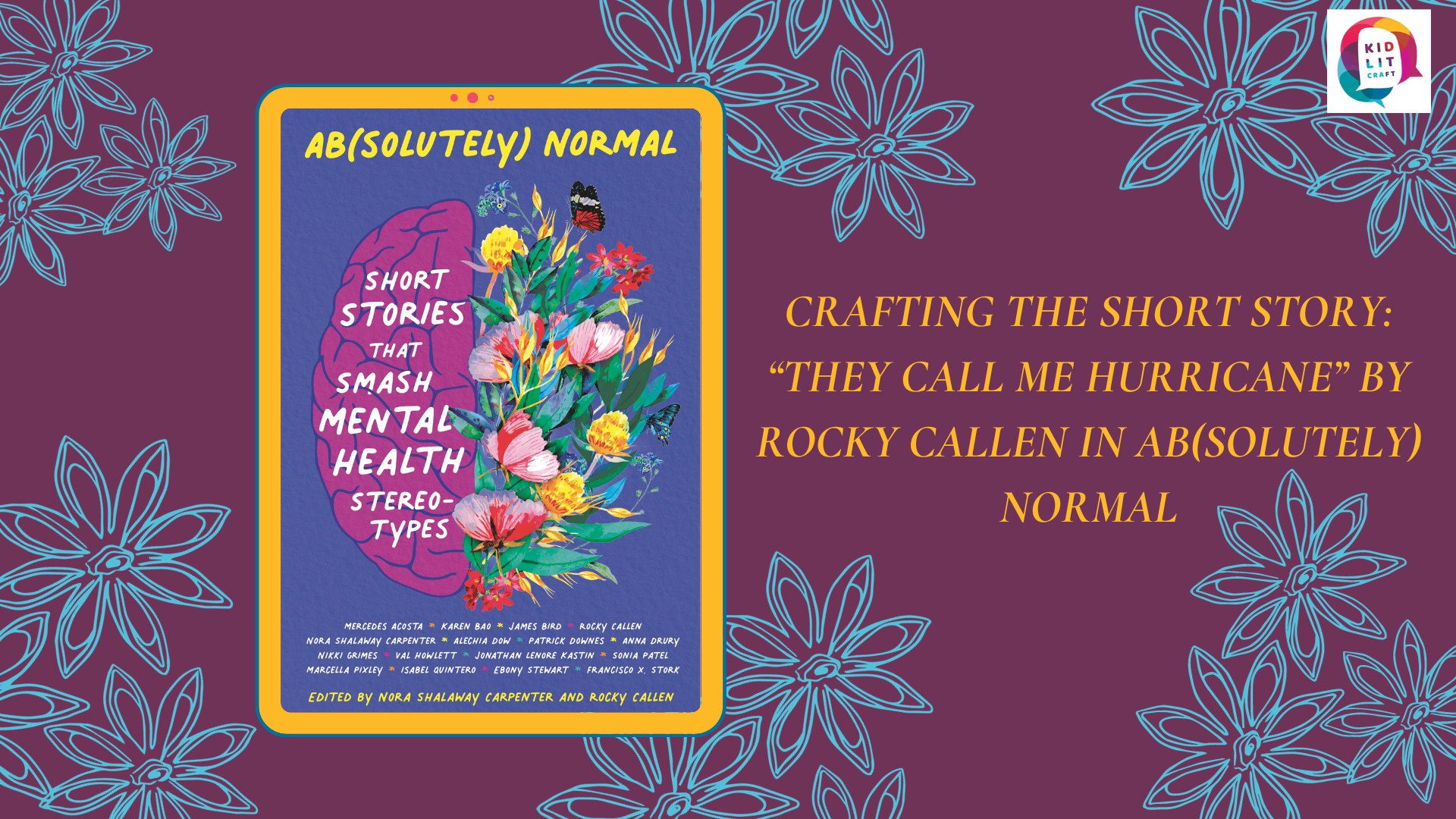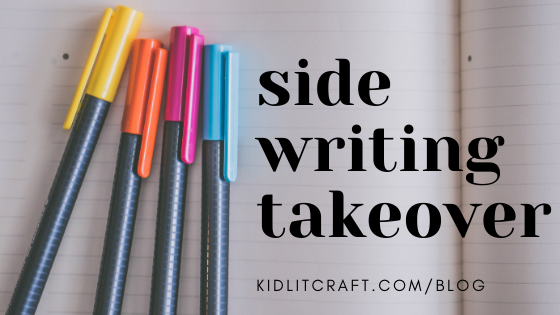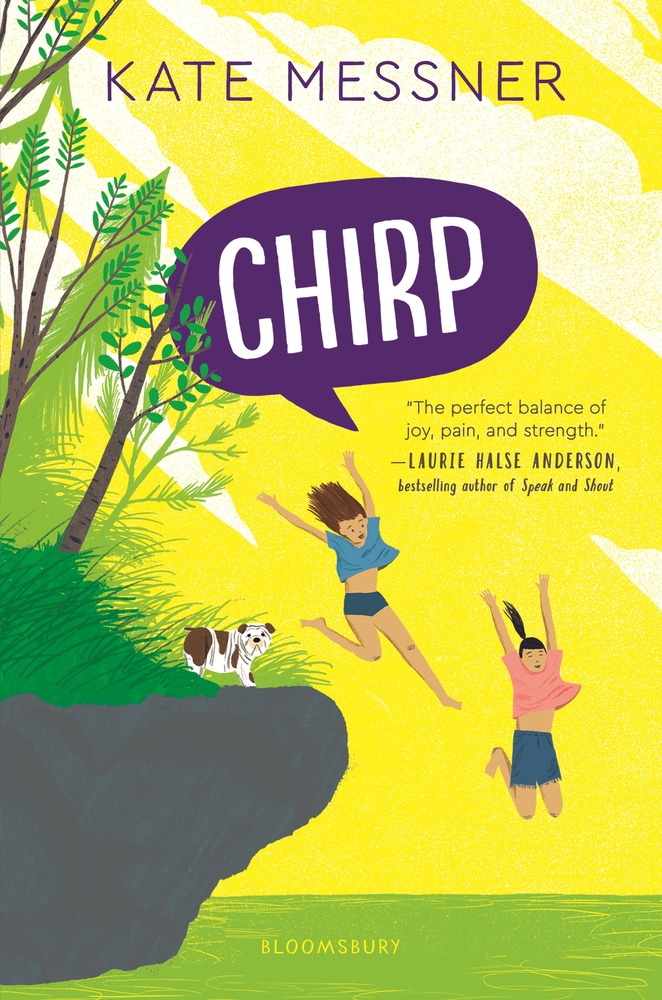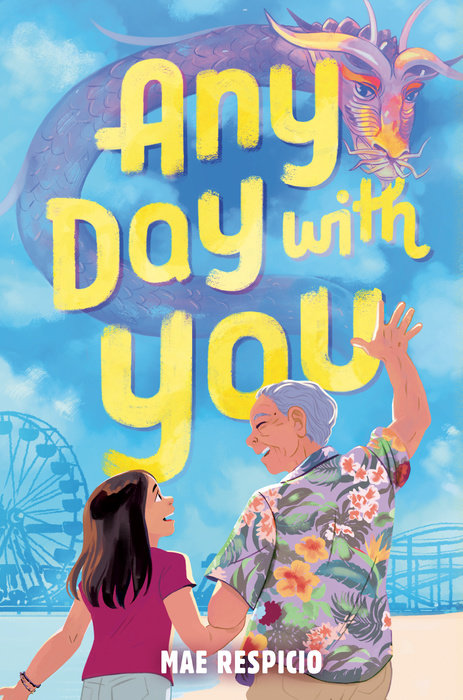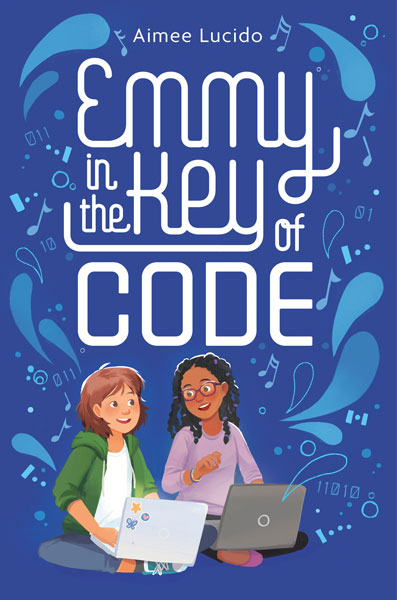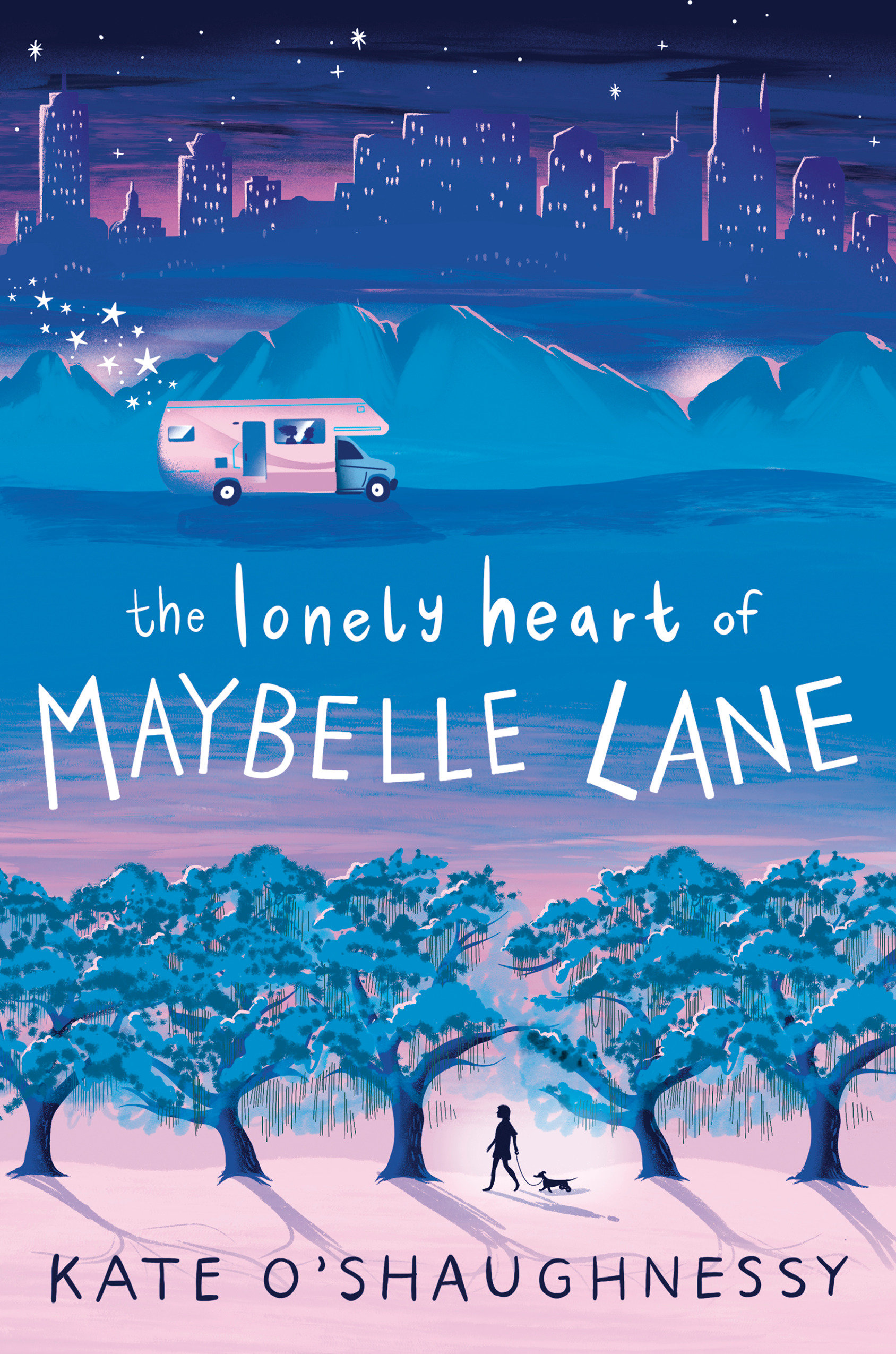hello!
JOIN US IN EXPLORING OTHERS' CRAFT AND BUILDING OUR OWN
I want to give you a sense of some things to think about as you approach writing a short story. Let’s look at Rocky Callen’s story “They Call Me Hurricane” from Ab(solutely) Normal to see how she approaches the short story form.
Leali pulls off the parental balancing act with aplomb and creates a mom who tries, messes up, seeks forgiveness, and tries again. It is a master class in how to create a complex parental character.
Some great stories make use of what Melanie Jacobson calls the emotional antagonist. The emotional antagonist is on the protagonist’s side, but the protagonist doesn’t have their approval or support.Jacobson believes emotional antagonist can be a powerful addition to a book because it gives a story an extra satisfying ending–a resolution with the emotional antagonist. We can see the emotional antagonist in action in Eddie the Eagle (2015).
Sidewriting takes us away from linear and helps us explore divergent thoughts and also digs into our subconscious, which actually does know everything about our stories and is just waiting to tell us all about them.
The more characters there are, the harder it is for the reader to connect with the important ones. As authors, we want to make sure every character serves a purpose.
Bottom line, when you read Any Day with You, you feel awash in family love–whether multi-generational, extended, or found.
Adult secondary characters need to serve the story and the change and growth necessary for the main character. With teacher characters, as with other adults, you have a wide range of options–from allies to antagonists.
Kate O’Shaughnessy creates secondary character Tommy O’Brien in such a way that, even though the book is in Maybelle’s first person point of view, readers know things about Tommy that Maybelle doesn’t.
